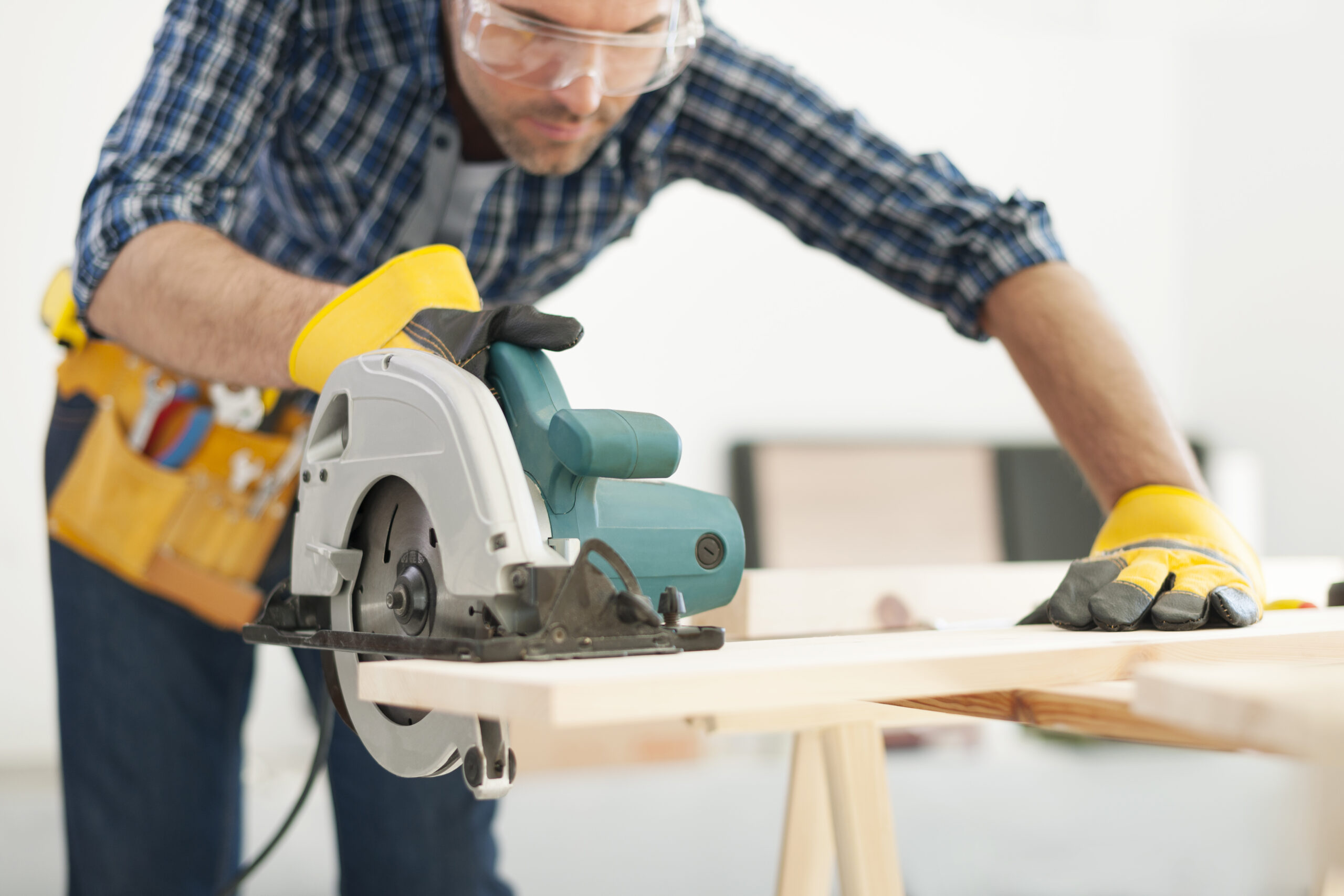In an unpredictable world, understanding emergency preparedness is not just prudent; it’s essential. But what does this concept truly entail? At its core, emergency preparedness means being ready for unexpected situations—natural disasters, medical emergencies, or any other crises that may arise. It involves planning ahead, ensuring you have the necessary resources, and equipping yourself with the knowledge needed to respond effectively. The significance of this proactive approach cannot be overstated; it empowers individuals and families to navigate through chaos with confidence and resilience.
Creating your emergency plan is a crucial step in safeguarding your loved ones. Start by assessing the potential risks in your area—whether they include hurricanes, earthquakes, wildfires, or floods. Next, establish clear communication strategies among family members. Designate a meeting place where everyone can gather if separated and ensure that all members are aware of emergency contacts. Don’t forget to include pets in your plan! They are part of your family too. Practice these plans regularly so that every person knows their role when an actual crisis arises.

Now that you have a framework for an emergency plan, let’s delve into the essentials—your emergency kit. This often-overlooked component can make all the difference during a disaster. Begin with water; having at least one gallon per person per day for three days is recommended. Non-perishable food items should also be included—think canned goods or energy bars that require minimal preparation. First aid supplies are non-negotiable; bandages, antiseptic wipes, and any necessary medications must be readily available.
Don’t stop there! Ensure you pack items like flashlights with extra batteries, a multi-tool or Swiss Army knife for versatility, and a whistle to signal for help if needed. Portable phone chargers will keep you connected even when power outages occur. And remember important documents—copies of identification, insurance policies, and medical records stored securely but accessibly can save invaluable time during an emergency.
Staying informed is another pillar of effective emergency readiness. Sign up for local alerts from meteorological services or community organizations so you’re always aware of impending threats in your vicinity. Familiarize yourself with basic first aid procedures and CPR techniques; knowing how to react in emergencies could mean saving someone’s life—not just your own! Consider enrolling in local workshops or online courses focused on disaster response and survival skills.
Finally, don’t underestimate the power of community engagement when it comes to preparedness. Forming alliances with neighbors can strengthen collective resilience against various adversities—and sharing information is key! Organizing community drills not only enhances individual awareness but also fosters camaraderie among residents who may face similar challenges together.
Thank you for reading this post, don't forget to subscribe NOW for FREE!
In conclusion, while we never hope to face emergencies in our daily lives, being prepared transforms fear into empowerment. Understanding what it means to be prepared lays the foundation for creating robust plans tailored to your unique situation while gathering essential supplies ensures you’re equipped when moments matter most. Staying informed through training further reinforces this readiness—a holistic approach combining awareness with action will undoubtedly enhance safety at home and beyond!






